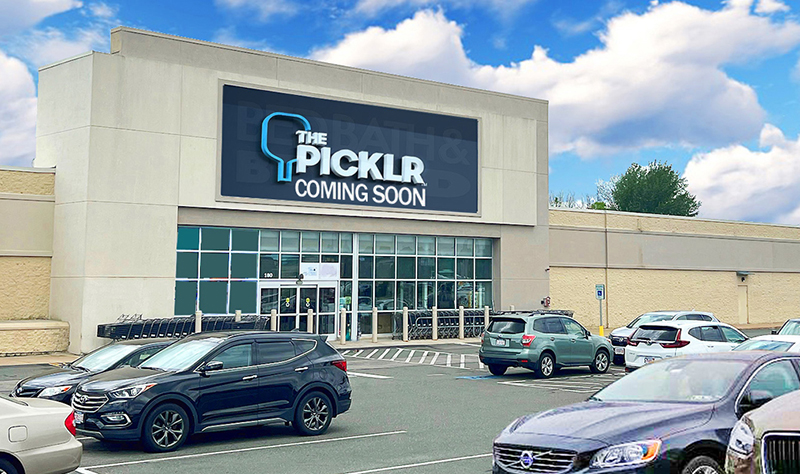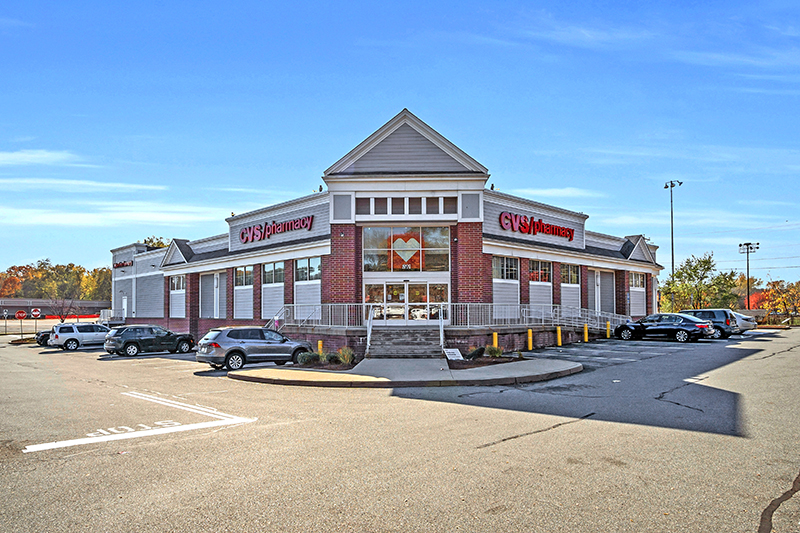Why experiential retail is driving the market - by Daniel Rabazzi
 Daniel Rabazzi, CBRE/New England
Daniel Rabazzi, CBRE/New EnglandIn the past few years, the retail industry has been adapting in the face of changing attitudes about shopping and spending. At first glance, the numbers might be worrying: U.S. retailers and restaurateurs closed 5,483 stores in 2014 and another 5,866 in 2015, according to International Council of Shopping Centers research and PNC Real Estate research. Rather than let these numbers instill fear, we must address what has changed and find solutions to meet consumers whose habits have evolved. Retail isn’t dead, but the reasons we go shopping have changed.
There has been a significant shift in the way we shop. Importantly, shoppers are looking for an experience as well as an opportunity to fulfill multiple tasks within a single destination. Here’s how that’s driving demand and changing what the shopping center looks like.
More entertainment and restaurants options Shopping centers look to bring new entertainment options like bowling and/or deluxe movie theaters to draw in shoppers and give them a reason to stay. Market St. in Lynnfield is a great example of this. Aside from King’s and a host of restaurants ranging from casual to upscale, WS Development incorporated “The Green” into their project, a nice open space where children can play, or an area they can host community events during the warmer months, and in the winter they turn the space into a functional ice rink. The rink becomes a nice activity shoppers can incorporate into a shopping or dining experience. The experiential component becomes a draw for the center, which in turn generates more traffic for retailers and restaurants.
In general, shoppers are much more focused on what they want to buy rather than browsing now, but when the shopping center becomes a destination they will spend more time there. Developers can ensure this by bringing in the right tenant mix. Tenants like a grocery store, a gym or a movie theater mean shoppers will come back regularly.
E-commerce is booming, but demand for experience drives brick and mortar space E-commerce has incredible benefits for retailers, but at the same time there are certain things you can’t replicate online. Entertainment and restaurant options are one way to draw shoppers into the brick-and-mortar space, as the experiential nature of shopping centers is unique to the specific project.
Visitors to Legacy Place in Dedham, also developed by WS Development, can find a wide range of options when they visit. Showcase Cinema de Lux along with Kings bowling alley and the forthcoming SoulCycle studio, on top of a nice blend of fast casual and sit-down restaurants give visitors a reason to come and stay out all day. The mixture of fashion retail also works nicely, so that those shoppers who come for an experience still find a reason to shop.
Consider more than the stores at the shopping center Most important to retail destinations is a good sense of balance. There should be a mixture of traditional retail with experiential options, giving everyone a reason to visit. This is part of the evolving mindset around retail. Keeping people out and engaged with the space is the opposite strategy as opposed to 15-20 years ago, when you wanted to see more turn over so that more customers could visit rather than linger and take up a precious parking spot. Now, keeping those customers around to shop, eat and play is a huge part of the strategy for developers.
What attracts one shopper is beneficial to another tenant. Even if a family is out to dinner, they might take their buzzer with them and browse a nearby store while waiting for a table to open up. Somerville’s Assembly Row, developed by Federal Realty Investment Trust, has found success with a balanced approach, incorporating local, one-of-a-kind eateries and outlet retail options into a shopping center with a cinema and LEGOLAND Discovery Center. The development is even conveniently located on public transit.
Ultimately, finding ways to make retail experiential will benefit the industry and drive growth. Shoppers’ changing needs and tastes are important to consider in development, along with macro trends like the growth of e-commerce and what this means for brick-and-mortar stores. Incorporating entertainment and restaurant options, along with finding a balance of uses and a mixture of good retail will lead to success and reach a wider group of potential customers, giving them variety and a reason to come back again and again.
Daniel Rabazzi is vice president of CBRE/New England, Boston, Mass.
Mace of KeyPoint Partners negotiates 36,192 s/f lease for The Picklr at Endicott Square
Danvers, MA KeyPoint Partners (KPP) negotiated a lease with the nation’s premier indoor pickleball venue The Picklr at Endicott Sq. Vice president of retail brokerage Don Mace negotiated the transaction on behalf of the landlord.





.jpg)


